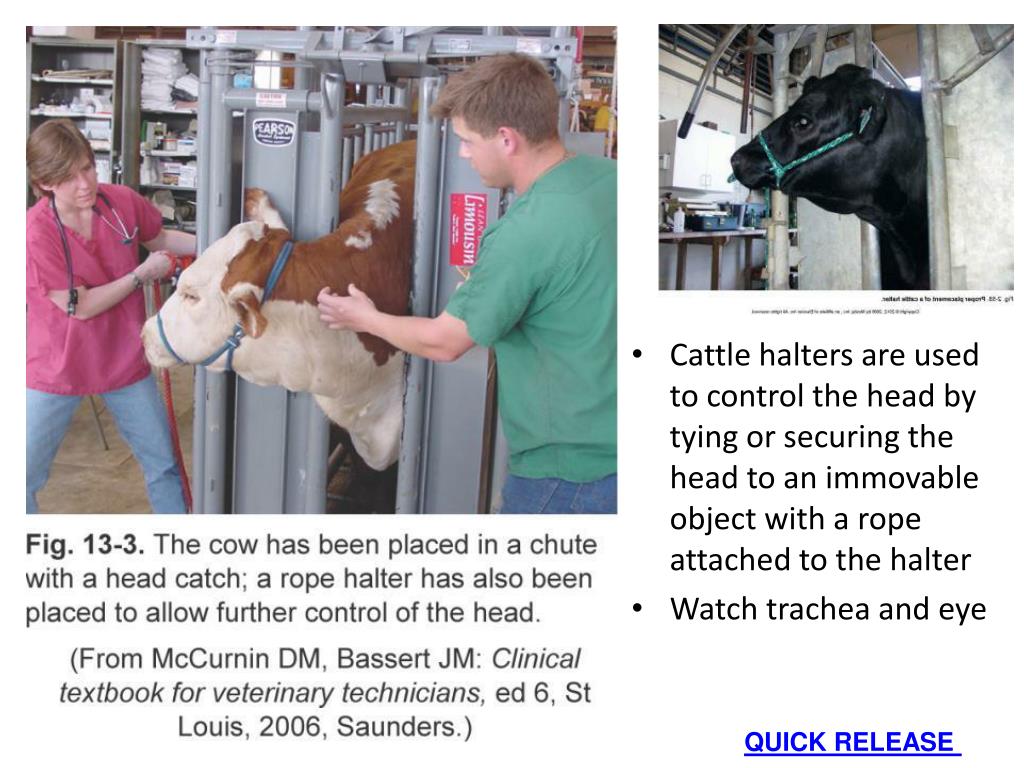

However, with the development of specialized instruments, improved implants, and new techniques simplifying suture management, more recent studies have suggested at least equivalent outcomes. Initial reports on arthroscopic treatment of shoulder injuries demonstrated inferior results in comparison to open procedures. Innovation by surgeons to accommodate these needs has been enthusiastically backed by the medical device industry. This development has been mostly driven by a combination of factors, including patients’ desire for more cosmetic procedures, decreased postoperative pain and morbidity, and outpatient surgery. Less invasive surgery results in minimal tissue damage, thus allowing earlier return to functional activities, although even with modern techniques a return to prior activity levels cannot be guaranteed. Shoulder instability can be assessed dynamically under direct visualization to better delineate the bony, labral, or capsular injuries, which can then be treated in the same setting. Diagnoses that were considered challenging in the past, such as superior biceps–labral complex injuries, are now routinely treated through an all-arthroscopic approach. Techniques are constantly refined for even more difficult procedures, such as capsular release, acromioclavicular instability, and subscapularis tendon repair. Indications for less invasive shoulder surgery continue to expand for the treatment of rotator cuff disease, impingement, labral tears, biceps injuries, and glenohumeral instability.


 0 kommentar(er)
0 kommentar(er)
